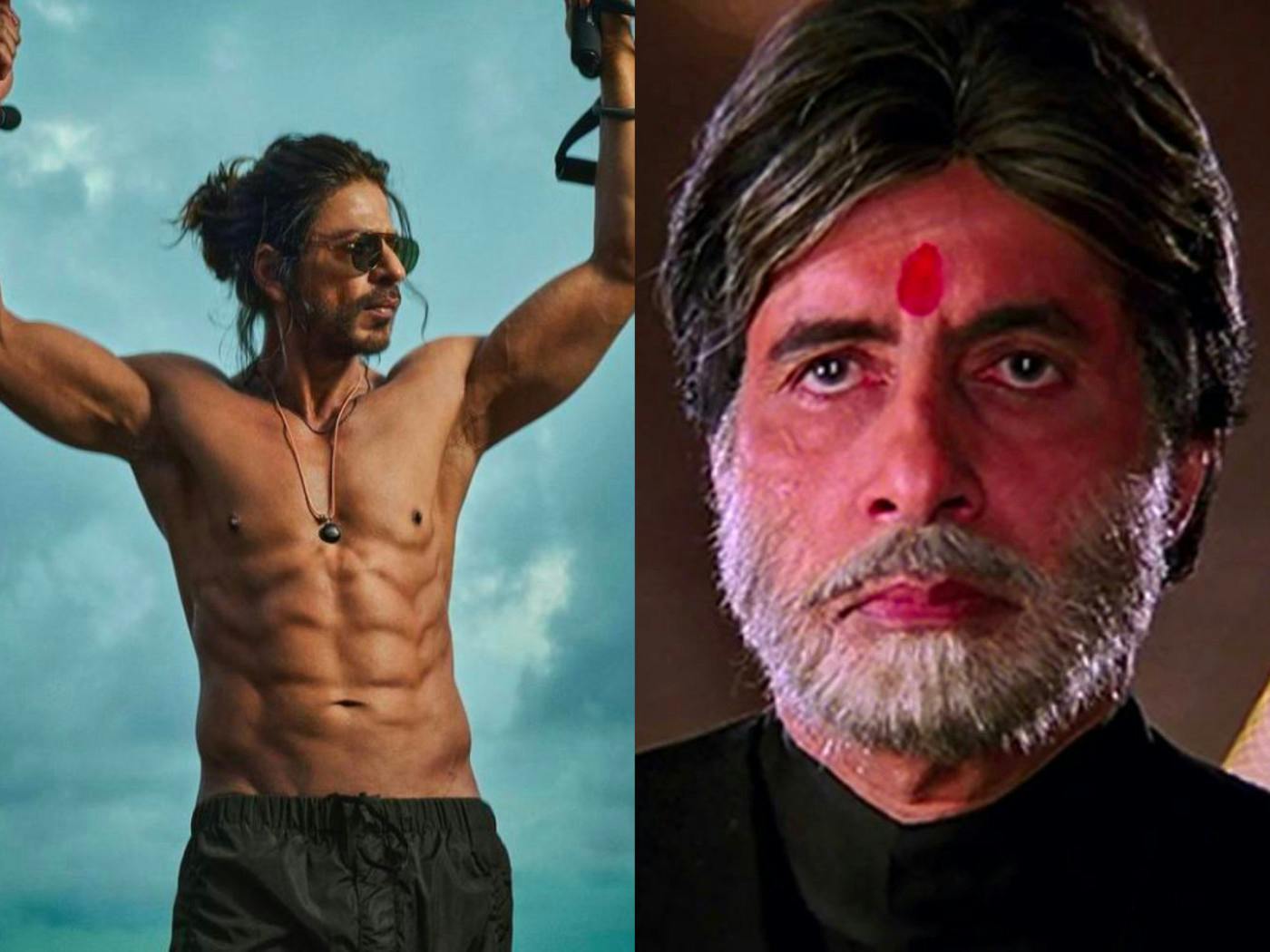Brown Don’t Frown: The Science of South Asian Aging
Studies suggests that South Asians look younger for longer. That hasn’t stopped them from seeking new treatments to help turn back the clock.
In the trailer for Shah Rukh Khan’s upcoming film Jawan, Khan jumps across trains, spins midair, and appears in romantic dance numbers with Nayanthara, an actress nearly 20 years his junior. Jawan is Khan’s second big-budget action film this year after Pathaan, in which he appeared shirtless, boasting a chiseled eight-pack, defined cheekbones, and luscious long hair that made him the envy of any teenager. Compare Khan today to Amitabh Bachchan in Mohabbatein in the year 2000 — a rigid school principal who wears all black and sports a white beard — and you’d be surprised they were the same age: 57. While Khan’s skin appears smooth and supple, Bachchan’s frown lines accentuate his character’s glumness. And, no, Bachchan did not take his shirt off at any point in the movie.
Today’s Bollywood stars are looking younger for far longer, mirroring their Hollywood counterparts (Tom Cruise, anyone?). Demand for anti-aging treatments has exploded in recent years, after the pandemic provided a perfect opportunity for people staring at their faces on Zoom all day to nip and tuck without having to go into the office as they recovered. In July, Harvard and MIT scientists claimed to have found a cocktail of chemicals that can reverse aging. And OpenAI’s Sam Altman invested $180 million in a company that wants to delay death by 10 years.
South Asians, whom Western peers often say look young anyway, have historically accepted aging as a rite of passage for various reasons. But leading aesthetic doctors say that, now, Brown people, too, are getting in on the quest for youth.
